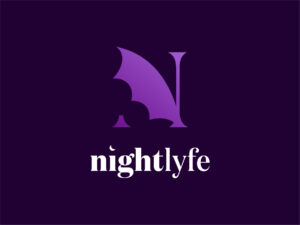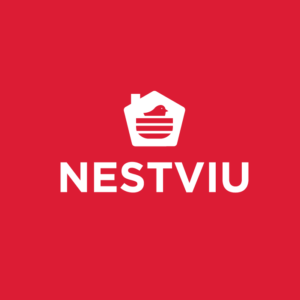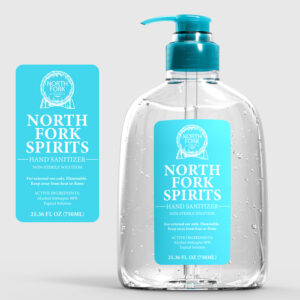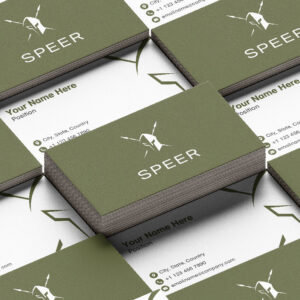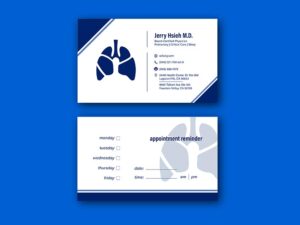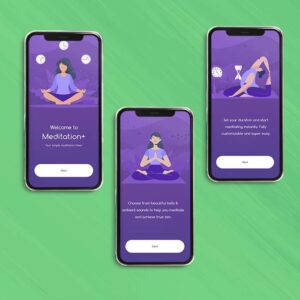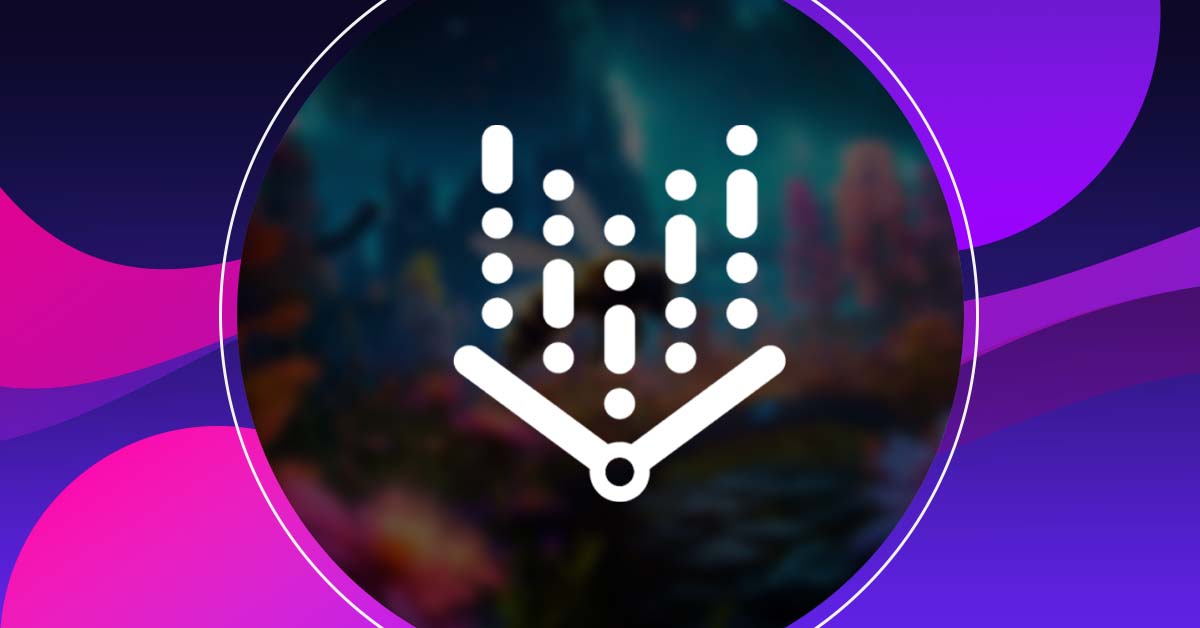
A fascinating field that blends artificial intelligence and creativity, generative AI has disrupted digital content creation. For business owners, writers, artists, and developers, this is a game-changer. It can be a powerful playground to explore, experiment, and unleash the imagination. Google Cloud’s Generative AI Studio is at the forefront of this creative revolution.
Let’s delve into its transformative role and how it can empower you to redefine the possibilities of digital and art expression.
Table of Content
- What is Google Generative AI Studio?
- How Does Google Generative AI Studio Work?
- How to Use the Foundation Model on Google Generative AI Studio?
- What Can Google Generative AI Studio Do?
- How to Use Google Generative AI Studio
- Why Use Google Generative AI Studio?
- Work with Penji
What is Google Generative AI Studio?
A form of artificial intelligence, Google Cloud’s Generative AI Studio can generate a wide array of content for you. From text, code, and images to speech, videos, and 3D assets, it can help you with a variety of tasks. This includes the following:
- Document summarization
- Information extraction
- Code generation
- Marketing campaigns
- Virtual assistance
- Call center bots
And these are just the basics.
How Does Google Generative AI Studio Work?
Generative AI Studio works by using Large Language Models (LLMs). These are massive neural networks trained on vast amounts of data from existing content, which includes text, audio, and video. It powers chatbots such as Gemini, which is an excellent example of a foundation model.
Furthermore, this foundation model is what generates content and solves general problems, such as content extraction and document summarization. You can train it further in your field with new datasets to solve specific issues, such as healthcare consulting and financial model generation. This new model will be custom-made to your business’s particular needs.
How to Use the Foundation Model on Google Generative AI Studio?
You can then use these foundation models to power your business applications and tune them to solve a problem in your business. To do this, Google Cloud has several tools at your disposal. These are easy to use and can help you leverage generative AI in your projects even if you do not fully understand how AI and machine learning work.
One tool that stands out is Vertex AI on Google Cloud. It is an end-to-end machine learning development platform to help you build, deploy, and manage machine learning models. If you are an app developer, a data scientist, or a business owner looking to create their own app, you can use Generative AI Studio to produce a prototype quickly and customize AI models with no or low code.
What Can Google Generative AI Studio Do?
With supporting language, vision, and speech, Generative AI Studio lets you do the following:
For language: it allows you to design a prompt to perform repetitive tasks and tune language models.
For vision: It allows you to generate an image based on your prompt and edit it further.
For speech: it lets you generate text from speech and vice versa.
How to Use Google Generative AI Studio
Of the three uses mentioned above, your business will find language the most useful. Language in Generative AI Studio allows you to do the following:
- Design a prompt: With it, you can design prompts for tasks relevant to your business. This can include code generation. To start, go to the Vertex AI dashboard and click on Overview, on the Language box, click Open. Under Prompt Gallery, click on Prompt.
Write your instructions in the box, then click Submit. Make sure to write descriptive prompts as the response you’ll get will depend on these. Once done, you can then click Save to save your prompt.
There are three approaches to designing prompts. They are as follows:
Zero-shot prompting: This provides a single command to the LLM without any example or additional data on the task you are asking it to perform.
One-shot prompting: This is when you give a single example of the task you want it to do. If you wish the LLM to write an email subject header, you should provide it with an example.
Few-shot prompting: This is where you give the LLM several examples of the task you are asking it to do. You may want to provide a few email copies if you instruct it to write one for you.
- Start a conversation: Create conversations when you specify the context instructing how the model would respond. To do this, you need to determine the context of the conversation. The context tells the model how it should react. You need to specify words it can and cannot use, topics it should focus on or avoid, or the format of its response.
For example, you can provide a scenario and tell how it should respond to help desk queries.
- Tune a model: To better equip your business with a specific use case, you can tune a model and then deploy it to an endpoint. This allows it to get predictions or test them in prompt design. To do it, you need to prepare your dataset. Think of this as a set of recipe cards with an input (a question or prompt) and an output (the desired answer).
If you want to tune a model for writing product descriptions, the input could be the product name while the output could be the product description. You can now create a tune model job. Vertex AI lets you do it in several ways:
Google Cloud Console: You can upload your prepared dataset here, choose the base model, and define training parameters, such as learning rate and training steps. You can then start the tuning job.
Vertex AI SDK for Python: If you can code, this offers programmatic control over creating and managing tuning jobs.
API: Your developer can use the Vertex AI API to automate the model-tuning process within the applications.
After initiating the job, Vertex AI Studio will train the model based on your provided dataset. It refines the pre-trained model to align better with your specific tasks.
Once you trained the model, you can use this within the Vertex AI Studio to generate content based on your prompts.
Why Use Google Generative AI Studio?
Google Cloud Generative AI Studio offers powerful tools that can help businesses significantly. It can enhance their operations and create innovative solutions. Business owners can streamline processes, automate content creation, and improve customer experiences by customizing models to their needs.
Work with Penji
For all your graphic design needs, you won’t have to learn to use Generative AI or any other software if you work with Penji. Our designers will take care of your business’s visual assets. All you need to do is write your project brief. Watch our demo video to learn more, or click this link to get started.
About the author

Celeste Zosimo
Celeste is a former traditional animator and now an SEO content writer specializing in graphic design and marketing topics. When she's not writing or ranking her articles, she's being bossed around by her cat and two dogs.




